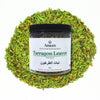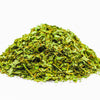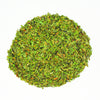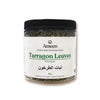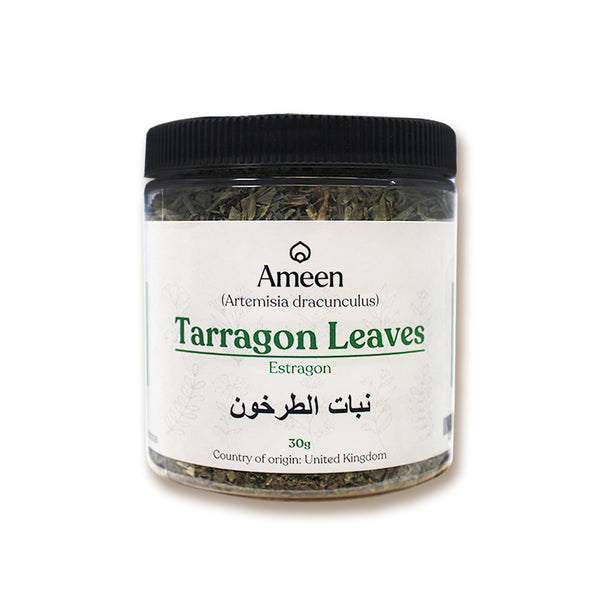Tarragon (Artemisia dracunculus), a cherished herb in French and Mediterranean cuisine, is renowned for its delicate, anise-like flavor and aromatic appeal. Native to Eurasia and North America, its slender, green leaves have made it a staple in both traditional and modern culinary practices.
The Culinary Appeal of Tarragon
Flavor Profile
- Mildly sweet with notes of licorice, anise, and pepper, offering a refined depth to dishes.
Common Applications
- Sauces & Dressings: A key ingredient in classic French béarnaise sauce and vinaigrettes.
- Poultry & Seafood: Enhances the flavors of chicken, fish, and shellfish.
- Soups & Stews: Adds an aromatic complexity to broths and slow-cooked dishes.
- Herbal Infusions: Used in gourmet herbal teas and infused oils for an elevated culinary experience.
- Garnishing: Fresh or dried, tarragon leaves bring an elegant finish to plated dishes.
Traditional and Cultural Significance
Tarragon has long been revered in European and Middle Eastern cuisines, earning its title as the "King of Herbs" in French cooking. It has also played a role in historical herbal traditions, valued for its distinctive fragrance and versatility.
Why Choose Tarragon Leaves?
With its exquisite flavor and wide-ranging culinary applications, Tarragon is an essential herb for chefs and home cooks alike. Whether enhancing sauces or adding depth to main courses, its unique profile elevates any dish.
Botanical and Cultural Significance
Botanical Name: Artemisia dracunculus
Common Names:
- English: Tarragon, French Tarragon, Estragon
- French: Estragon
- Spanish: Estragón
- German: Estragonkraut
- Russian: Тархун (Tarkhun)
- Arabic: الطرخون (Al-Tarkhoun)
- Other Names: Dragon Herb, Green Tarragon, Wild Tarragon

